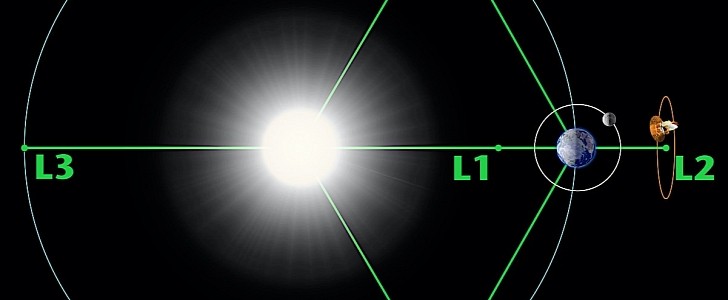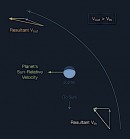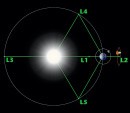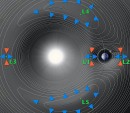If you’re a science-fiction fan, and probably even if you’re not, you must have some idea of how interplanetary space travel could work. For years concepts like warp drives and wormholes have been making the rounds in both literature and movies, giving us a glimpse of how the future of humanity might be like in an ever-expanding Universe.
But how about using stuff like space manifolds, gravity assists, and Lagrange points to travel the solar system? That’s what the guys from What If are proposing in their latest study, available in the video posted at the bottom of this text.
Space manifolds are described by scientists as being more or less highways though space, free fall lanes that could allow fast travel between planets. They are, in essence, invisible energy structures born from the gravitational interaction between all the bodies in solar system, and have become the stars of the scientific community after a new discovery about them was published last year.
Gravity assist maneuvers are not something that hasn’t been tried before, with a large number of spacecraft already using the gravity of a celestial body to alter both their course and speed, depending on the needs of the operator.
As for Lagrange points, these are places near all orbiting celestial bodies where the gravitational and the centrifugal forces of two neighboring bodies balance each other out. There are five such points in the orbital plane of every two neighboring planets, and they can be used to provide a stable orbit for satellites and spacecraft.
But as the planets move around the sun and each other, Lagrange points do the same and, if one has the patience to wait for the correct alignment, they could essentially hop from the orbit of one planet to the orbit of another.
You can have a closer look at how any of these means of travel could unfold in the video attached below.
Space manifolds are described by scientists as being more or less highways though space, free fall lanes that could allow fast travel between planets. They are, in essence, invisible energy structures born from the gravitational interaction between all the bodies in solar system, and have become the stars of the scientific community after a new discovery about them was published last year.
Gravity assist maneuvers are not something that hasn’t been tried before, with a large number of spacecraft already using the gravity of a celestial body to alter both their course and speed, depending on the needs of the operator.
As for Lagrange points, these are places near all orbiting celestial bodies where the gravitational and the centrifugal forces of two neighboring bodies balance each other out. There are five such points in the orbital plane of every two neighboring planets, and they can be used to provide a stable orbit for satellites and spacecraft.
But as the planets move around the sun and each other, Lagrange points do the same and, if one has the patience to wait for the correct alignment, they could essentially hop from the orbit of one planet to the orbit of another.
You can have a closer look at how any of these means of travel could unfold in the video attached below.







